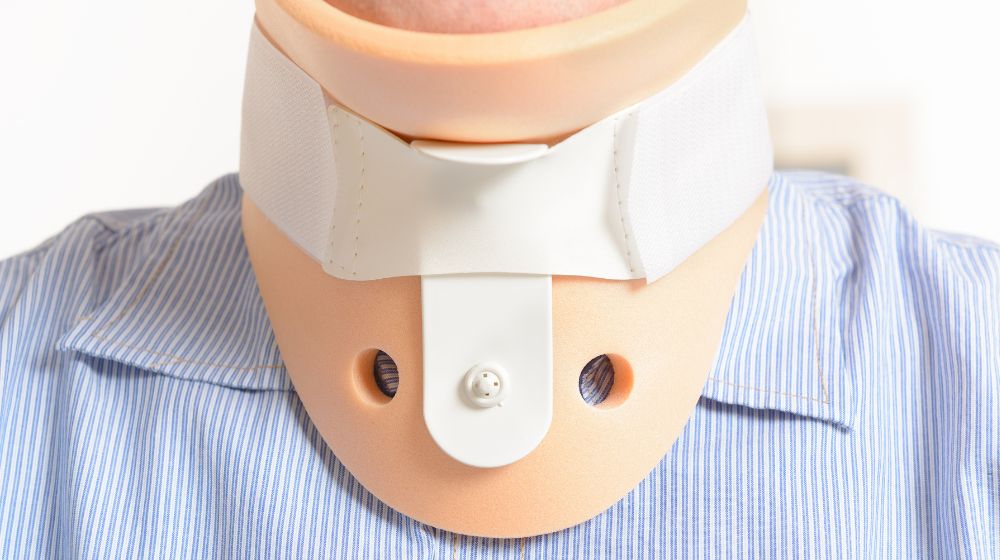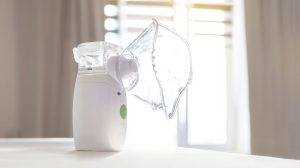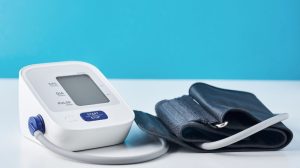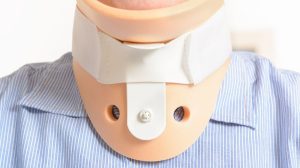
Cervical traction devices have become increasingly popular for home use among people suffering from neck pain, cervical spondylosis, or chronic stiffness. These devices aim to reduce pressure on the cervical spine and provide non-invasive pain relief. But how do they work, and what should you pay attention to when using one?
What Is A Cervical Traction Device?
A cervical traction device is a medical tool designed to stretch the cervical spine gently. It works by applying a pulling force to the head and neck, which helps separate the vertebrae slightly and reduce compression on the discs, nerves, and muscles.
There are various types, including:
- Inflatable neck traction collars
- Over-the-door traction systems
- Electric cervical traction devices
- Manual mechanical traction units
How Does A Cervical Traction Device Work?
The main principle is axial decompression. By gently pulling the head upward, the device relieves pressure between cervical vertebrae, allowing muscles to relax, discs to rehydrate, and nerves to decompress.
Key functions include:
- Increasing intervertebral space
- Relieving nerve root compression
- Reducing muscle tension
- Promoting spinal alignment
Who Can Benefit from Cervical Traction?
Cervical traction is commonly used for patients with:
- Cervical spondylosis
- Herniated cervical discs
- Chronic neck pain or stiffness
- Cervical radiculopathy
- Posture-related neck strain
If you sit at a desk all day or experience frequent neck discomfort, a home-use cervical traction device might offer relief.
Benefits of Using A Cervical Traction Device
Here are the main benefits supported by both users and medical professionals:
1. Non-invasive pain relief: No medication or surgery required. Traction offers natural relief for neck-related conditions.
2. Improved posture: Regular use can help realign the spine, especially for people with “tech neck.”
3. Increased mobility and flexibility: Relieving pressure on nerves and muscles improves neck movement.
4. Convenient home treatment: Most devices are portable and easily used without medical supervision.
How to Use A Cervical Traction Device Correctly
To ensure safety and effectiveness, follow these steps:
- Consult a doctor first
Not all neck pain is suitable for traction. Always get a diagnosis before use. - Choose the right type
Inflatable collars are ideal for beginners. Electric types are more advanced. - Use in a relaxed environment
Avoid distractions and use the device in a seated or lying position. - Follow time and intensity guidelines
Typical sessions last 10–20 minutes. Start with low intensity. - Stop if pain worsens
Traction should relieve discomfort, not increase it.
Important Precautions
- Do not use on recent injuries (e.g., whiplash or fractures)
- Avoid overuse. Overtraction may strain muscles and ligaments.
- Not suitable during pregnancy, unless under a doctor’s approval
- Keep the device clean and dry to avoid skin irritation
- Store in a cool, dry place when not in use
Conclusion
Cervical traction devices provide a simple, drug-free method for easing neck pain and correcting spinal misalignment. With proper use and precautions, they can be a valuable tool for managing cervical spine health at home.
Before starting any cervical traction therapy, always consult a healthcare professional to ensure the method is right for your condition.





